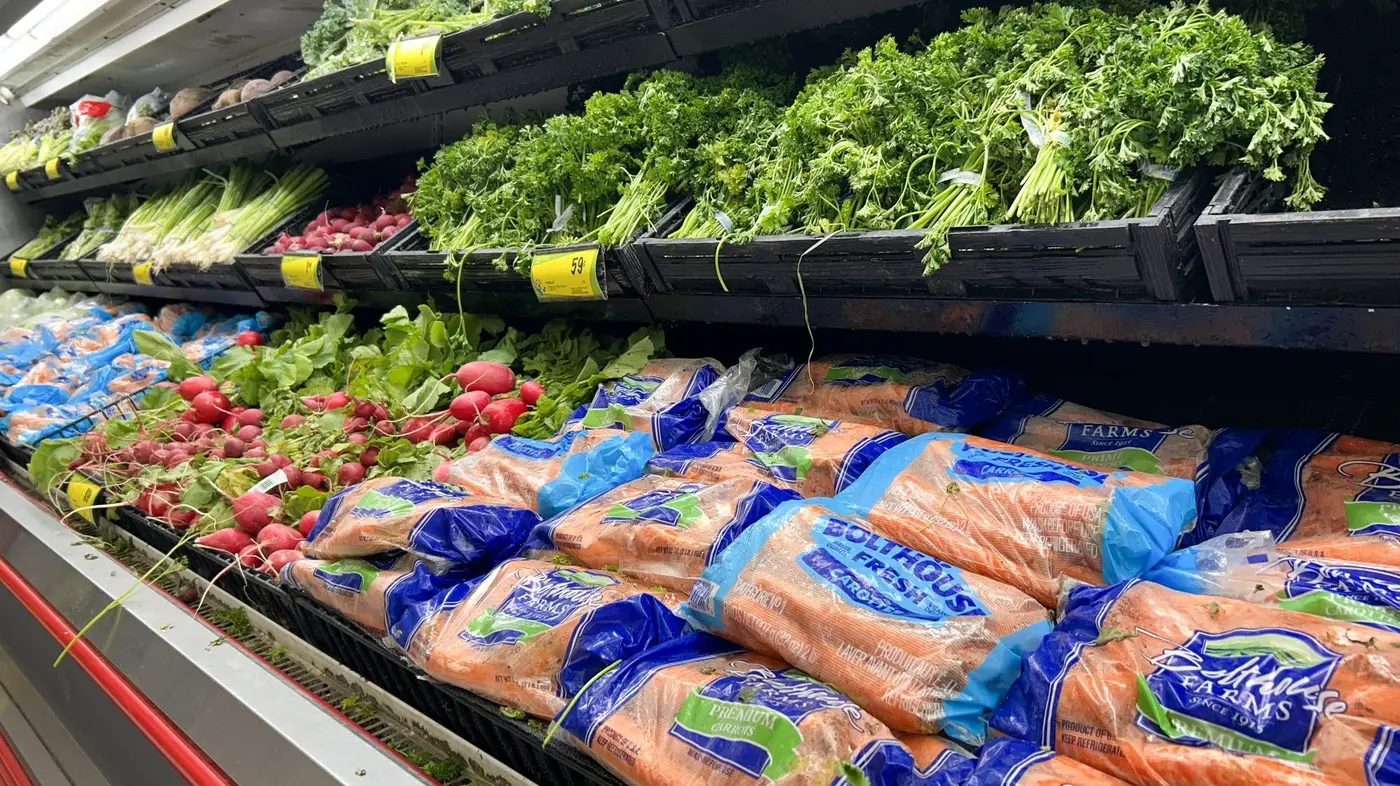T4K3.news
Food prices rise again in July
UK food and non alcoholic drink prices rose 4.9% in the year to July, driven by weather and global events.
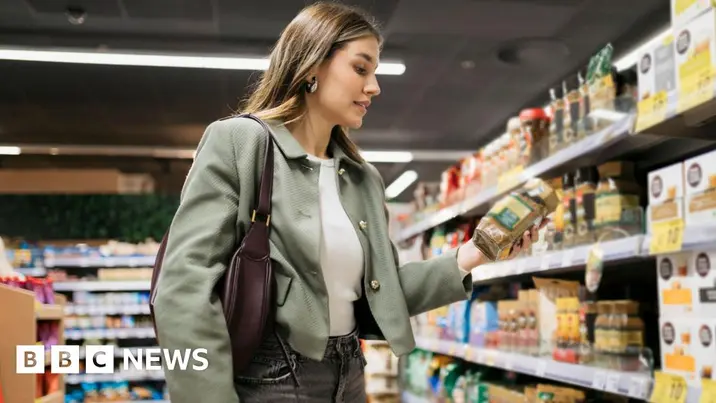
New inflation figures show food and non alcoholic drink prices rose 4.9% in the year to July driven by weather and global events.
Food prices climb as drought and war push costs higher
Britain’s food price inflation stood at 4.9% in the 12 months to July, the highest rate for food and non alcoholic drinks since February 2024. Drought across the UK reduced crop yields this year, while heat in other regions pushed wholesale costs higher for staples such as coffee beans and cocoa. A farmer near Manchester said weather is driving costs up and warned prices could rise further as harvests remain uneven. The war in Ukraine has also disrupted supply chains and added to price pressure, with industry figures noting that costs can rise in the field and move through the chain to shoppers months later.
Rising wages and National Insurance Contributions add to costs for businesses, including dairy and dessert makers. The Ice Cream Farm in Cheshire said payroll, energy and food costs are all up, and prices must rise to keep operations viable while recognizing customers face tighter budgets. Research by the Resolution Foundation shows low income families are hit hardest because they spend a larger share of income on food. Analysts say beef and other high‑protein items also push prices higher, even as some households cut back on dining out and turn to smaller treats or homemade meals.
Key Takeaways
"Prices climb from field to fridge"
A concise line capturing the supply chain impact
"Budget squeeze means choices tighten for families"
Reflects consumer budgeting pressure
"Farmers are at the frontline of price shifts"
Views from the farming sector about who feels the impact first
"Inflation tests the limits of everyday budgets"
General reflection on household finances
These price pressures are not a short term blip. They reflect climate variability, geopolitics and policy decisions that ripple through the food chain. The five year period to July shows food and non alcoholic drinks prices up around 37%, underscoring a longer trend rather than a single event.
For households, the impact is a test of resilience. Low income families have fewer substitutes, so a steady rise in staples squeezes budgets and can change consumption patterns. For retailers and farmers, the challenge is balancing costs with customer tolerance. The coming months will depend on weather, global events, and whether policymakers offer targeted relief or structural reforms to ease price pressure.
Highlights
- Prices climb from field to fridge
- Budget squeeze means choices tighten for families
- Farmers are at the frontline of price shifts
- Inflation tests the limits of everyday budgets
Budget and political sensitivity around food inflation
Rising food costs intersect with household budgets and political expectations. The story touches on wage policy and consumer affordability, which can trigger public scrutiny and political reaction if relief or reforms are slow.
Prices will test households until weather, policy and markets align for relief.
Enjoyed this? Let your friends know!
Related News
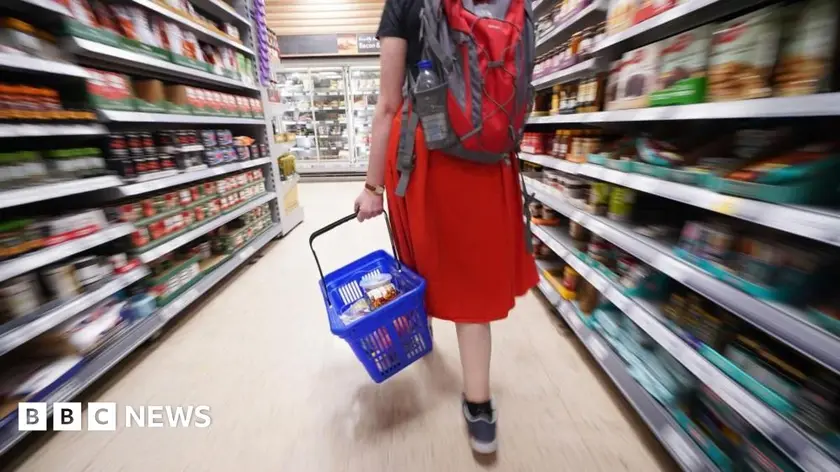
Food prices rise 4% driven by increased meat and tea costs
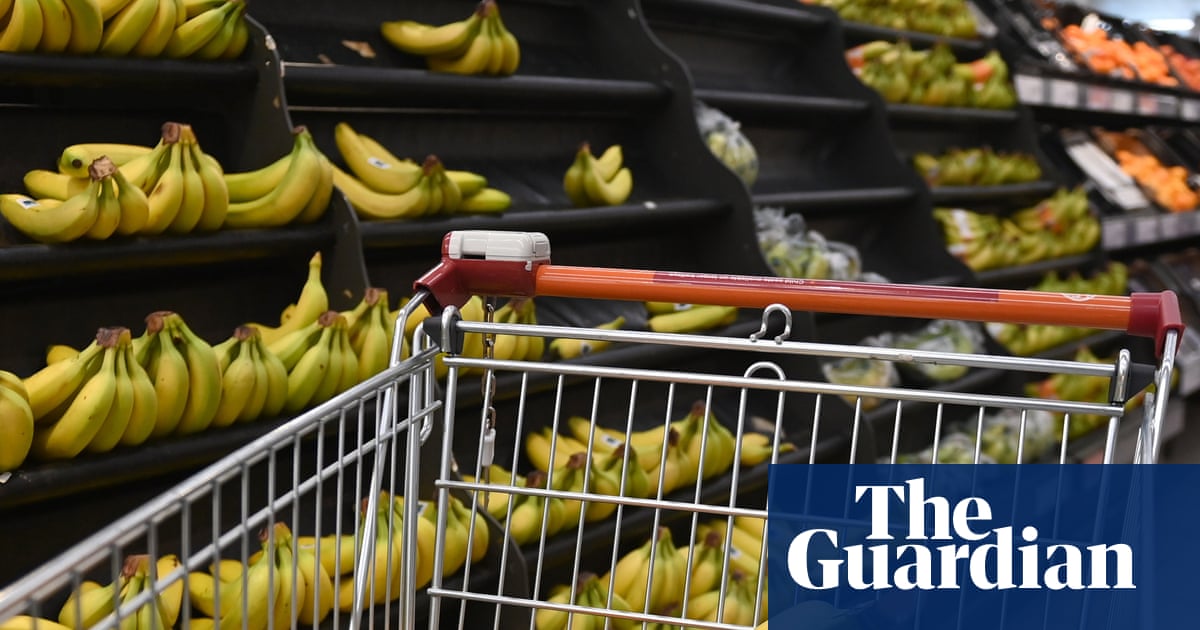
July food prices rise 4%, impacting retail

Food prices rise amid tariffs
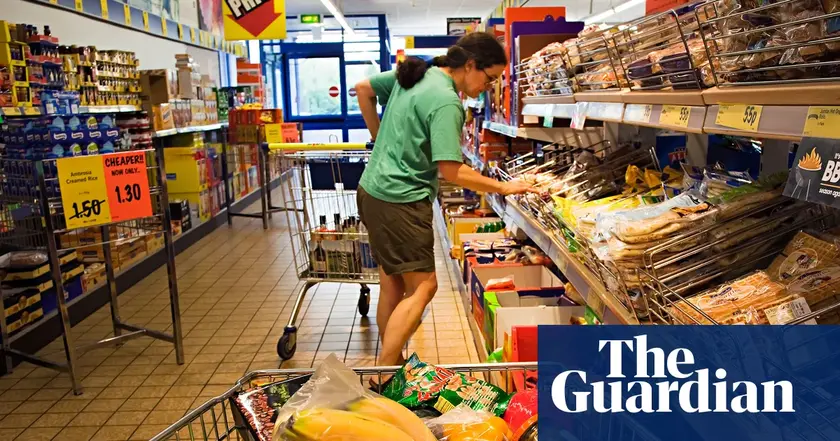
UK inflation at 3.8% in July
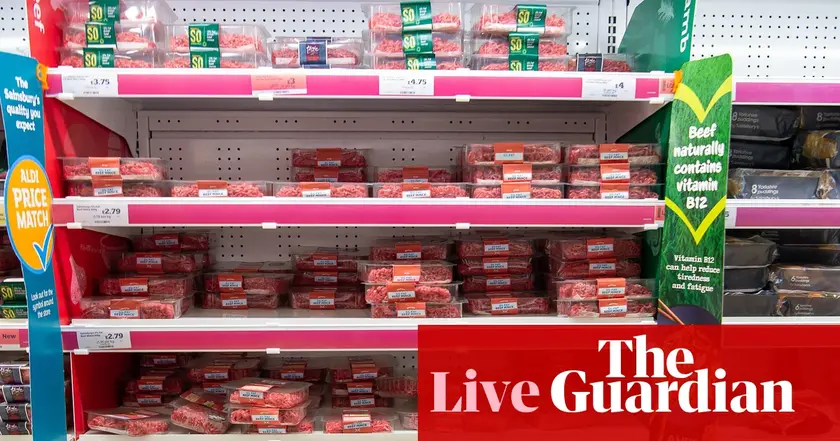
Rail fares set to rise 5.8 percent

Inflation rises in July
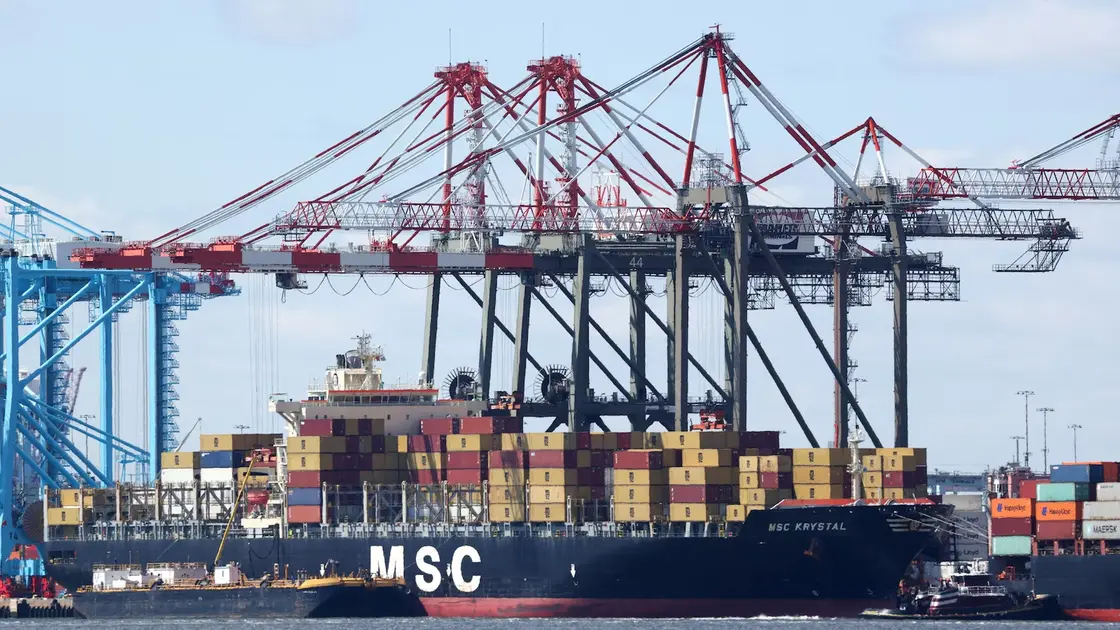
Wholesale vegetable prices surge
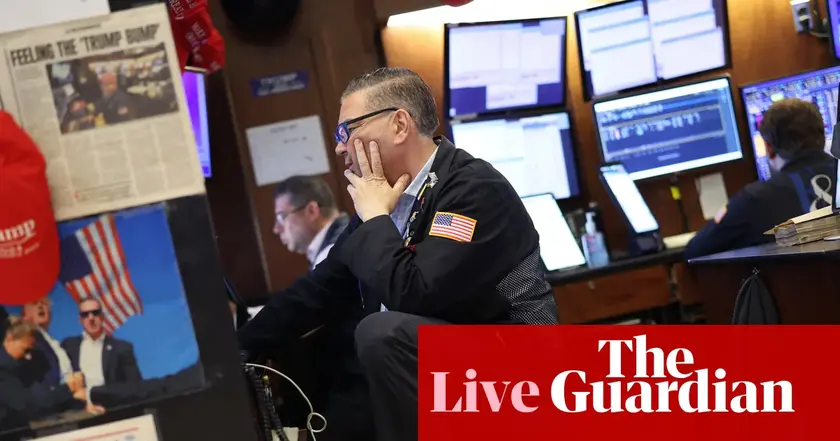
Thames Water contingency plans approved
